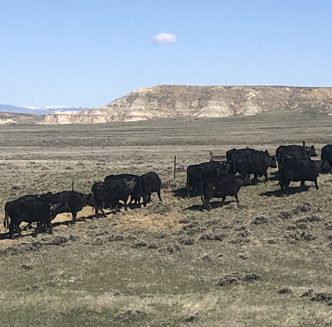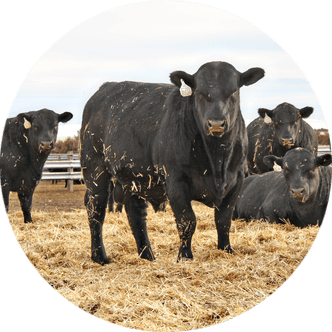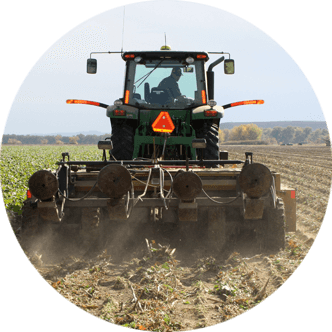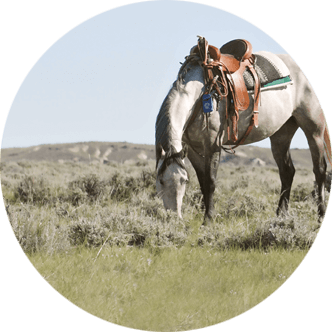BASF unveils 19 new soybean varieties ahead of the 2025 planting season
BASF, the world’s largest chemical producer, headquartered in Ludwigshafen, Germany, announced the release of 19 new soybean varieties, available just in time for the 2025 growing season.
With these new additions, BASF’s Xitavo soybean seed portfolio now includes a total of 46 unique products.
“For the 2025 growing season, growers will have more offerings with access to new genetics developed and sold exclusively by BASF in its Xitavo soybean seed portfolio,” the company states in a press release dated July 9, 2024. “Previously, four companies comprised 98 percent of the soybean breeding effort for the U.S. market. BASF is now bringing new and unique germplasm to the market, and with it, a new source of soybean varieties to meet farmer’s ever-changing needs.”
BASF notes these new varieties will feature characteristics to help enhance yields, reduce climate challenge risks and mitigate increasing disease pressure.
“BASF is committed to helping farmers doing the biggest job on Earth, and we are thrilled to show this commitment through soybean germplasm breeding in the U.S.,” says Marc Hoobler, U.S. soybean agronomy lead for BASF. “We are not just launching new products, but a whole new pool of elite genetics farmers have not had access to until now.”
Product highlights
In a Farm Progress article by Midwest Crops Editor Tom Bechman, Bill Backhaus, a Midwest agronomist for BASF, outlined a few key points about the company’s new introductions.
First, he notes all 19 varieties are Enlist E3 varieties, meaning they can be sprayed with glufosinate, glyphosate and 2-4,D choline over the top, and relative maturity of the new products range from 0.0 to 4.8.
Backhaus also says some of the new varieties carry Peking resistance for soybean cyst nematode (SCN), while others carry SCN resistance genes from the PI88788 breeding line.
A few varieties highlighted by Hoobler include XO 2625E, a variety with good tolerance to white mold, iron deficiency chlorosis and good standability; XO 2865E, a solid combination of offensive and defensive characteristics featuring a Rps1c phytophthora source with excellent standability, and XO 3105E, which features above-average tolerance to iron deficiency chlorosis, phytophthora and sudden death syndrome and “packs a yield punch,” with an average yield performance at 102.7 percent of the test mean.
Hoobler also mentions XO 3375E, a variety proving strong yields from east to west at 102.5 percent of the test mean, coupled with excellent standability and good tolerance to phytophthora and sudden death syndrome, and XO 3855E, a variety featuring a combination of characteristics including sulfonylurea-tolerant soybeans, excluder, strong standability and solid disease tolerance, with a yield performance at 102.4 percent of the test mean.
Selecting varieties
According to Backhaus, Xitavo soybean seeds are sold through an extensive retailer network, and BASF encourages growers to select varieties that best fit their fields and environmental conditions.
This includes accounting for row width, seeding rate preference and tillage type.
“Top yields start with seed selection,” Backhaus says. “We emphasize the yield triangle, made up of genetics on the base and environment and management on the two legs. Genetics is first and foremost. Studies show 19.8 bushels of yield variation depending upon which variety is chose.”
Backhaus further notes BASF uses the variety profile index (VPI) to classify their new products.
“Our plant breeders are beginning to utilize it, and it helps customers get the best-suited variety into each field,” he explains.
So far, varieties are classified as high, medium or low VPI.
Backhaus explains low VPI varieties focus on one primary stem, do not branch easily and “build yield by packing in more nodes per plant and more pods per node,” whereas high VPI varieties grow a lot of branches and produce top yields, if they have adequate moisture.
Midrange VPI varieties fall somewhere in the middle, branching more easily than low VPI varieties but not as much as the high VPI ones.
“There is much more to this than just identifying a bushy versus non-bushy bean. When agronomists and farmers work together, this system helps them make really good variety placement choices,” Backhaus concludes.
Hannah Bugas is the managing editor of the Wyoming Livestock Roundup. Send comments on this article to roundup@wylr.net.





